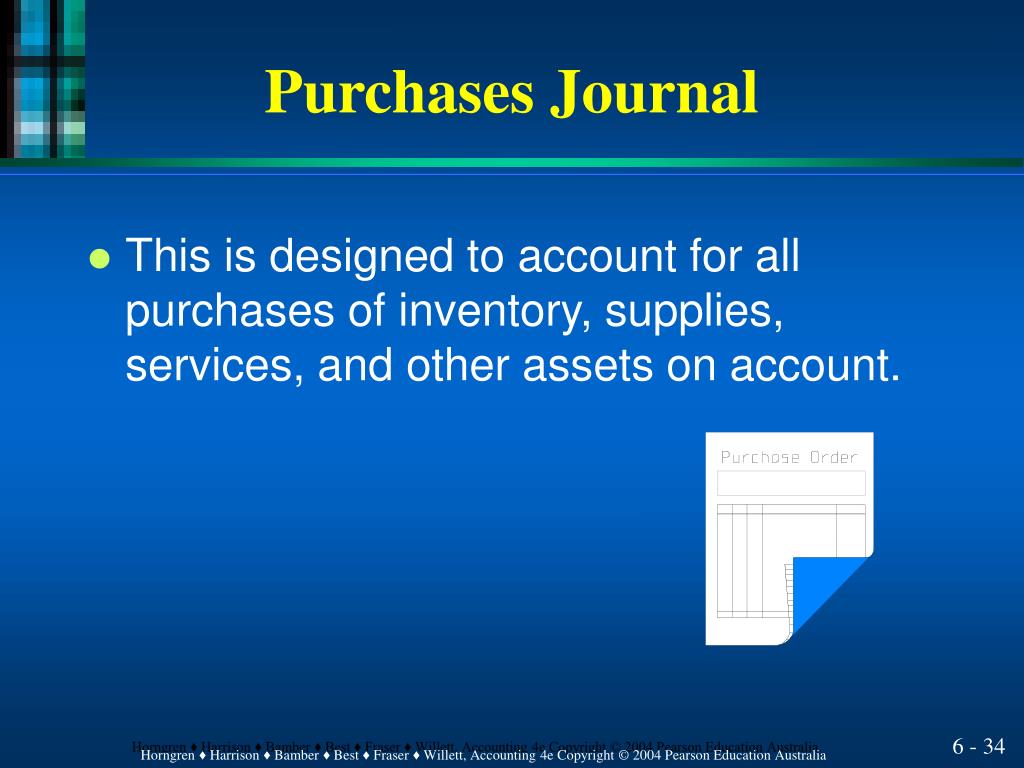
One cash management technique includes using excess cash to pay down lines of credit with a credit sweep. Cash management is an active method for companies and Bookstime individuals to see their inflows and outflows frequently, and manage savings and investments. While cash management keeps the wheels turning every day, treasury management helps steer your business in the right direction for the long haul.

Unlock the Full Potential of Your TMS
We also use different external services like Google Webfonts, Google Maps, and external Video providers. Since these providers may collect personal data like your IP address we allow you to block them here. Please be aware that this might heavily reduce the functionality and appearance of our site. The primary objectives of these activities is to lower borrowing costs, get more out of existing company assets, and use leverage to increase the impact of the corporation’s other efforts. See how teams use Atlar to save time, reduce errors, and make more informed decisions. Manage cash, make payments, and sync data to your ERP all on one single platform.
- For example, smart safes help businesses optimize their cash handling by streamlining change orders, increasing security, and eliminating cash discrepancies.
- The basic default option is to use a combination of the bank’s online portal and spreadsheets to manage cash.
- Good cash management ensures you always have the right amount of cash available to meet your obligations.
- Otherwise, the Chief Financial Officer or Vice President oversees treasury operations while the accounting team is assigned cash management responsibilities.
- Treasury globalization increases financial obligations like awareness and adherence to international monetary policy, but it also creates opportunities to work with additional finance tools and systems like foreign exchanges (FX).
Better understand your business cash flow with Relay
Integrating cash and treasury management aligns financial goals, ensures consistent policies, leverages technology for better visibility and control, and fosters collaboration through frequent communication and shared data. This holistic approach enhances both operational efficiency and strategic planning, providing a robust framework for managing your company’s finances. An SSC is a department within a multiunit organization that provides specialized services to multiple business units, often focusing on areas such as IT, HR or accounts payable. By consolidating these services, the SSC can reduce costs, standardize processes, improve service quality and timeliness, enhance strategic flexibility and strengthen internal controls. Corporate treasury management includes various services that provide guidance in different treasury operations.

Streamlining Cash Flow with CashSimple®

Shorter term goals might include building towards a new funding round or IPO while longer term the focus may be on maximizing profitability or minimizing operational risks. Broadly speaking these include cash management, funding and investment management, debt management, trade finance, risk management, working capital management, and insurance management. This includes making decisions about where to allocate funds to achieve the best returns while managing risk. Treasury managers look for investment opportunities that align with the company’s long-term objectives and ensure that the company’s capital is used effectively. A treasury manager is primarily in charge of supervising the cash flow of all financial activities in a company, ensuring accuracy and efficiency. Furthermore, as a financial manager, it is essential to lead and encourage the workforce to reach goals, all while implementing the company’s policies and regulations.

A cash manager handles billing disputes, resolves account discrepancies, and submits accurate financial reports. Effective cash and treasury management stands as a cornerstone of corporate financial health. For finance executives, optimising these functions can significantly impact an organisation’s liquidity, risk management, and overall financial performance. Many tools can help businesses improve cash management in banks and daily services. These include cash flow forecasting software, smart safes, and automated payment systems.

Choosing a TMS
As a business owner, knowing the difference between cash management vs. treasury management to efficiently streamline and grow your business is crucial. There is a growing range of tools to help with both cash and treasury management, covered in detail in our guide to treasury tooling. The basic default option is to use a combination of the bank’s online portal and spreadsheets to manage cash. This is simple to get started with since it doesn’t require any implementation work, but is more time-consuming and error-prone over a longer duration.
- Explore Ramp’s solutions today for free and see how we can help you build a healthier, more efficient business.
- Among the many benefits of AI and automation inside TMS solutions, Machine Learning conducts deep analysis and creates cash flow insights that might take weeks of comparing spreadsheets to reach in any other way.
- TMS are critical for financial risk management, regulatory compliance, and are the foundation of a successful cash and liquidity management plan.
- Importantly, treasury management helps you as a business owner mitigate your business’s financial, operational, and reputational risks.
- Managing these relationships is crucial for optimizing the use of financial assets while mitigating risks and expenses, as well as for ensuring compliance with relevant regulations.
The difference between cash and treasury management lies in the scope, accounting complexity, and strategic importance of their activities. Cash management is more focused on the operational and tactical aspects of managing cash flows, while treasury management is more concerned with the strategic and long-term aspects of managing financial resources and risks. Cash management is usually performed by a cash manager or a cashier, while treasury management is usually performed by a treasurer or a chief financial officer. Cash management is often seen as a subset or a part of treasury management, but they are not interchangeable terms.
Our smart safes provide real-time visibility into data that helps your business make informed financial decisions, both for the short- and long-term. This can increase your company’s cash and treasury management, providing up-to-date cash flow information to enable accurate planning and risk management. By managing cash effectively, a business can improve its liquidity, solvency, and profitability. By managing treasury effectively, a business can optimize its capital structure, funding, and investment decisions. Both cash and treasury management can enhance the financial performance, stability, and reputation of a business.
undefinedThe services provided include logistics solutions, safeguards, securities clearance, and investment portfolio management.
|}
Beat your Spreadsheet Cobase’s playful Playlist for Financial Management
But companies on top of their treasury management would’ve had some cushion to protect them from the financial blow. As a business owner, it’s important that you know the difference between cash management and treasury management as your business grows — and especially if you plan to outsource either component. The differences between cash managers and treasury managers can be seen in a few details. It typically treasury management vs cash management takes 6-8 years to become both a cash manager and a treasury manager.






